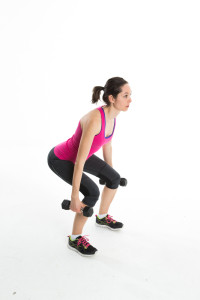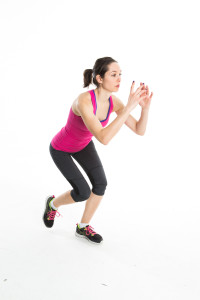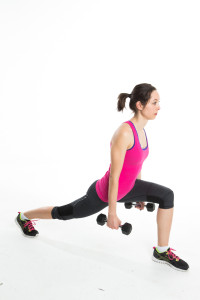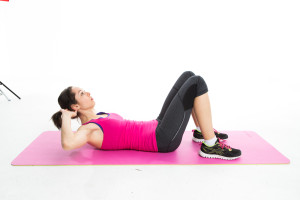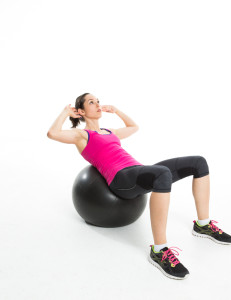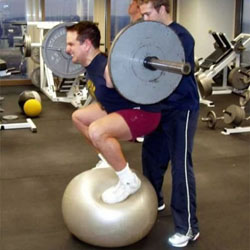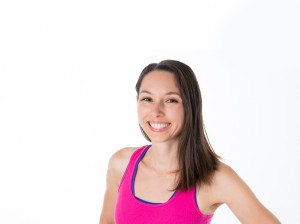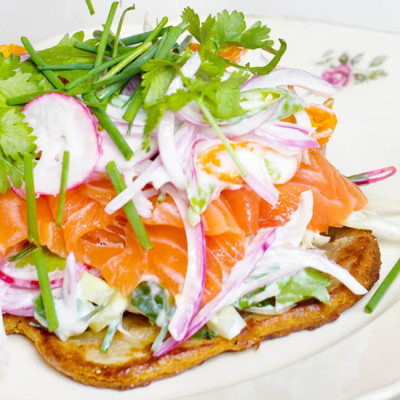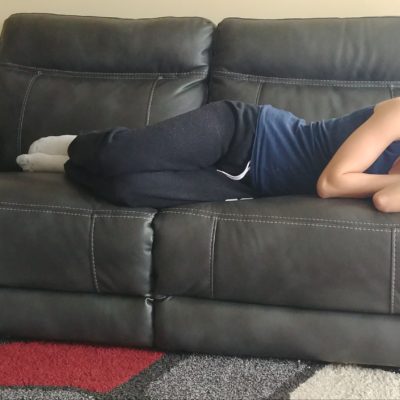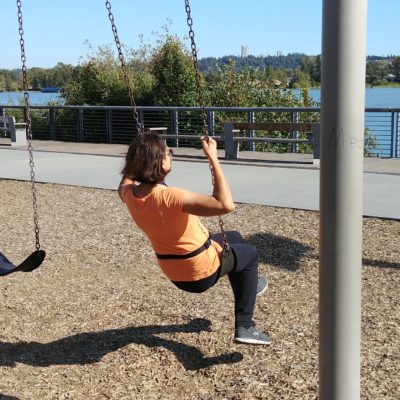Rounding up our core focused series of blog posts, this article will look at one often neglected area of fitness: balance. Balance has as much to do with your body being stable and strong just as much as core does, so let’s explore the importance of balance and how to work on it.
Balance and why it’s important
Good balance keeps you from falling over in instances such as the bus suddenly starting to move. It’s important because whenever you make your base of support smaller (such as standing on one leg) or narrower (one foot in front of the other) good balance is what keeps you in place. As you get older too, balance is one of the first things that goes so it’s important to keep it in mind as much as you would stretching or exercising.
When balancing, your body is also forced to recruit smaller muscles which it perhaps wouldn’t normally recruit during a strength focused routine. For example, when performing a squat, you use your quads and glutes primarily. But standing on one leg is a completely different experience, isn’t it? Your supporting leg becomes super confused and somewhat disappointed that you’re throwing yet another new thing at it, your knee keeps moving from side to side, and your ankle is constantly adjusting to help keep you in place.
Balance and how to work on it
Luckily balance isn’t necessarily something you need to treat separately from all other athletic things you’re doing. It can very easily be incorporated into your strength training routine and I’ll explain how.
Your body loves to be stable. That’s why when we squat we have our feet firmly planted in the ground, about shoulder width, and parallel to one another. Or do seated moves, such as shoulder presses. The wider the base of support, the more stable your body is, and the less you’re balancing.
To get yourself to balance, here’s a couple of things you can do:
Make your base of support smaller or narrower
My favorite way of making someones base of support smaller is getting them to do something on one leg. Here’s a comparison between a regular squat and a single legged squat. Which one do you think will be more challenging? Let’s just say you won’t even need a heavy weight to feel the single legged squat. And you won’t even need to go very deep. A single legged squat will fire all sorts of small muscles in your leg. Which is awesome!
Now let’s say you’re not ready to make your base of support smaller because if you did you would just fall over. It’s not the end of the world. You can make it more narrow instead. To explore this further, let’s look at a regular squat versus a lunge. See the difference? Your body loves to be stable and when you squat it’s as stable as can be. But lunge instead and you have a new challenge.
The examples above are just a few of many, many possible ways to play with making the base of support smaller or narrower. Here’s a few other exercises that play with balance:
- Bicep curls on one leg
- Bicep curls while in lunge
- Back rows while in lunge
- Yoga moves such as Warrior 1, 2 and 3, Tree and Royal Dancer
Switch to an unstable surface
My favorite unstable surface is the stability ball mostly because every gym has one, and even a surprising number of people just happen have one lying around so no special trip to the fitness store is needed. A stability ball will challenge you because you need to keep your body stable on the ball while at the same time performing an exercise. To better describe this visually, here is a comparison between a regular ab crunch and an ab crunch on the stability ball.
How awesome is it that a crunch can be made that much more challenging just by doing it on a stability ball. Just let that knowledge sink in for a minute!
A word of caution
Balance training is not about lifting a heavy weight. It’s about firing small muscles in your body that will help stabilize you. The rep range will be 15-20. This means that if you are training for strength or serious muscle gain (both of which involve moving some serious weight around), you won’t be training for balance at the same time. You can do one or the other, not both, or you risk looking stupid like the guy below and also seriously injuring yourself.
Summary
I hope I’ve convinced you to give balance training a try. It’s an important element of fitness right up there with weight training and cardio. If you’re super strong but can’t stand on one leg, you’ve got a problem. Fitness doesn’t have to be all about repeating the same movement over and over again like you’re in a trance. It’s important to always try something new and balance work is guaranteed to add that element of fun and challenge to your routine.
If you’ve missed my other two posts on core engagement and toning, it’s not too late to check them out:
3 ways to put your core training into overdrive
How to engage your core (and make every day core day!)
And for some general workout related posts to get you going, here are my top most-read articles:
5 super simple ways to challenge your existing workout
Types of training to get you results
About me
After being skinny unfit for the majority of my life, I discovered fitness by accident after having my daughter. A couple of years later, I started Tone Every Zone out of an overwhelming desire to help other busy individuals juggle a hectic lifestyle while staying active. My mission is to teach people about fitness and work with them as a team to make long lasting lifestyle changes. My personal values include being professional, honest and transparent in all of my doings but also being funny and silly because that’s what makes life (and your training sessions) fun! To learn about how I can help you reach your fitness goals, don’t hesitate to get in touch.

